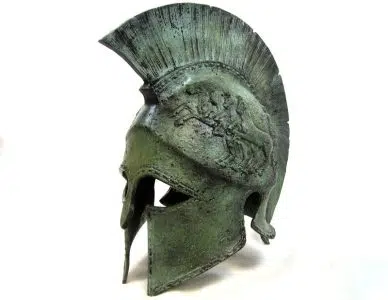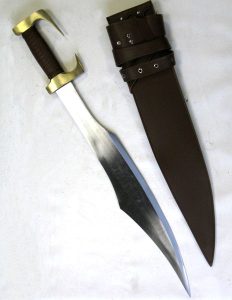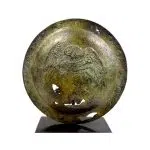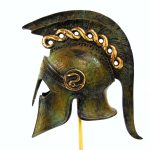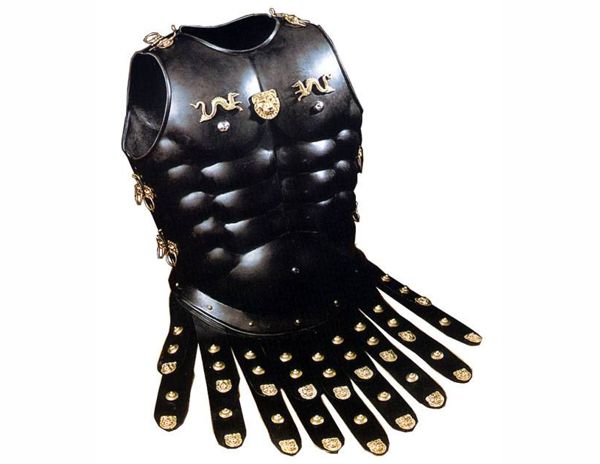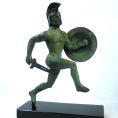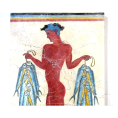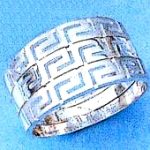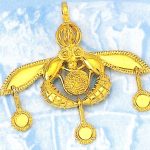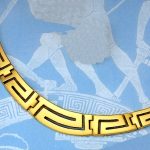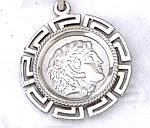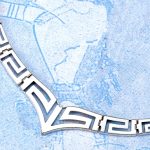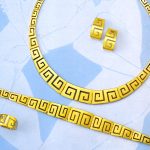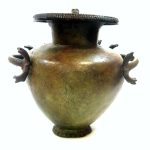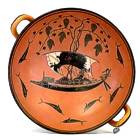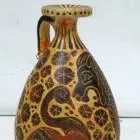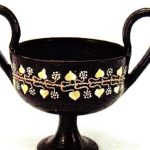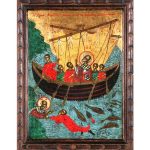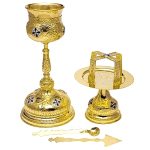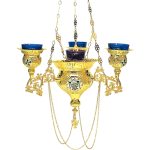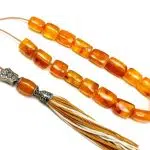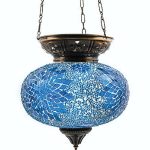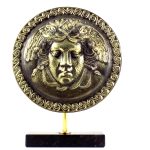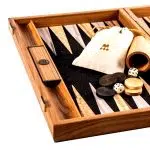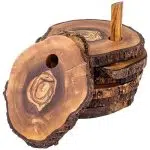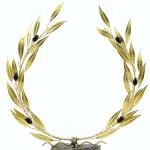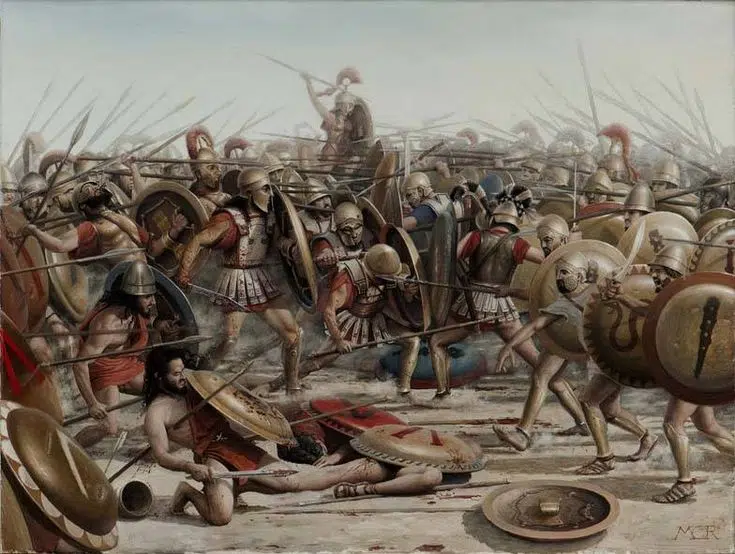
Limited manpower did not allow most Greek city-states to form large armies which could operate for long periods, especially in the case of light troops like the psiloi, who were recruited from the lower citizen classes, and as such, they were mainly farmers, workers, even slaves.
This inevitably reduced the potential duration of campaigns, as a large portion of any Greek army would need to return to their own professions (especially in the case of farmers, for example).When battles occurred, they were usually set piece and intended to be decisive.
The battlefield would be flat and open to facilitate phalanx warfare. These battles were usually short and required a high degree of discipline.
At least in the early classical period, cavalry was usually used to protect the flanks, when present at all, and cover a possible retreat. Light infantry and missile troops took part in the battle, but their role was of a lower importance.
Othismos
The phalanxes would approach each other in a steady, slow march to keep cohesion or sometimes at a run (if the enemy was prone to panic, or if they fought against enemies equipped with bows, as was the case against the Persians at the Battle of Marathon).
The two lines would remain at a small distance to be able to effectively use their spears, while the psiloi threw stones and javelins from behind their lines.
If the “doratismos” (Greek for spear combat) was not decisive, then the lines would close and the greek swords would be drawn. The shields would clash and the first lines (protostates) would stab at their opponents, at the same time trying to keep in position.
The ranks behind them would support them with their own spears and the mass of their shields gently pushing them, not to force them into the enemy formation but to keep them steady and in place.
At certain points, a command would be given to the phalanx or a part thereof to collectively take a certain number of steps forward (ranging from half to multiple steps). This was the famed “othismos”.
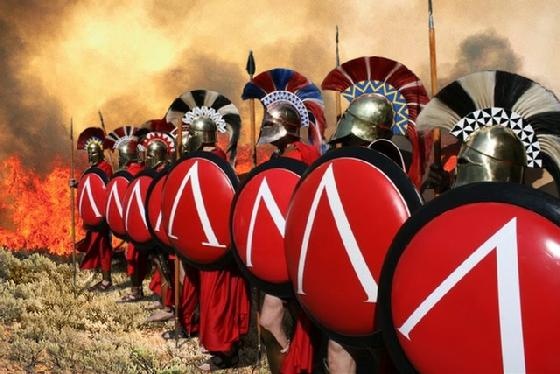
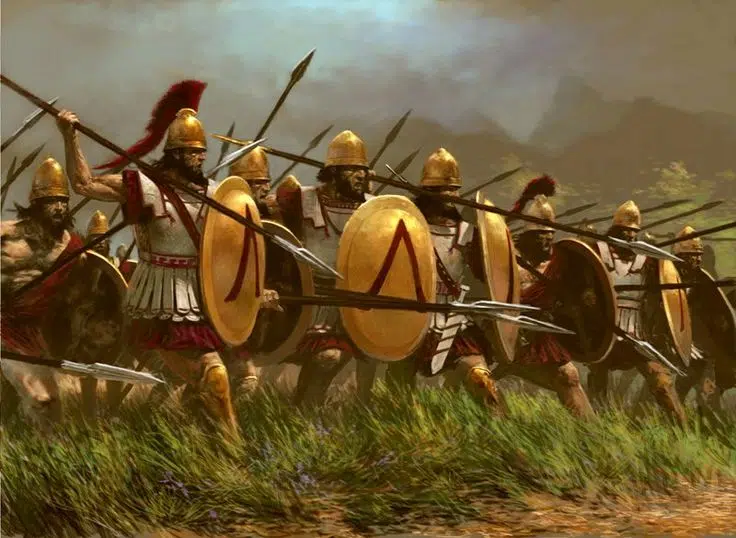
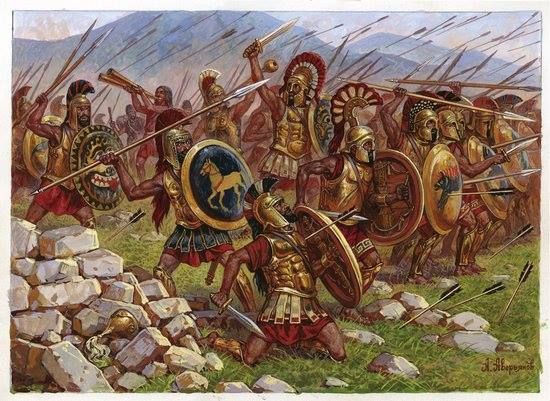
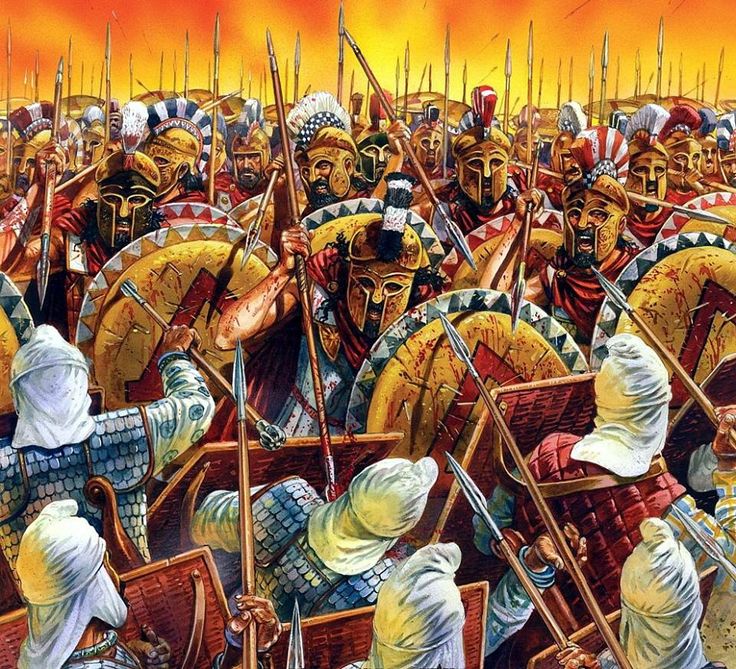
off the Persians at Thermopylae, 480 BC.
Custom of the Greeks
At this point, the phalanx would put its collective weight to push back the enemy line and thus create fear and panic among its ranks.
There could be multiple such instances of attempts to push, but it seems from the accounts of the ancients that these were perfectly orchestrated and attempted organized en masse.
Battles rarely lasted more than an hour. Once one of the lines broke, the troops would generally flee from the field, sometimes chased by psiloi, peltasts or light cavalry.
If a hoplite escaped, he would sometimes be forced to drop his cumbersome aspis, thereby disgracing himself to his friends and family (becoming a “ripsaspis”, one who threw his shield).
Casualties were slight compared to later battles, rarely amounting to more than 5% of the losing side, but the slain often included the most prominent citizens and generals who led from the front.
Thus, the whole war could be decided by a single field battle; victory was enforced by ransoming the fallen back to the defeated, called the “Custom of the Greeks”.
Individual hoplites carried their greek shields on their left arm, protecting not only themselves but also the soldier to the left. This meant that the men at the extreme right of the phalanx were only half-protected. In battle, opposing phalanxes would exploit this weakness by attempting to overlap the enemy’s right flank.
It also meant that, in battle, a phalanx would tend to drift to the right (as hoplites sought to remain behind the shield of their neighbour). The most experienced hoplites were often placed on the right side of the phalanx, to counteract these problems. A phalanx tended to be 8 rows or more deep, each row with a leader, and a rear rank officer, the ouragos (meaning: tail-leader), who kept order in the rear.
The phalanx is an example of a military formation in which single combat and other individualistic forms of battle were suppressed for the good of the whole. In earlier Homeric combat, the words and deeds of supremely powerful heroes turned the tide of battle.
With his friends jostling and pushing on both sides and behind, and his enemies forming a solid wall in front of him, the hoplite had little opportunity for feats of technique and weapon skill, but great need for commitment and mental toughness.
Its effectiveness depended on how well the hoplites could maintain this formation while in combat, and how well they could stand their ground, especially when engaged against another phalanx. The more disciplined and courageous the army, the more likely it was to win – often engagements between the various city-states of Greece would be resolved by one side fleeing before the battle.
The Greek word dynamis, the “will” or “ability to fight,” was used to express the drive that kept hoplites in formation – and from which get dynamic and dynamo.
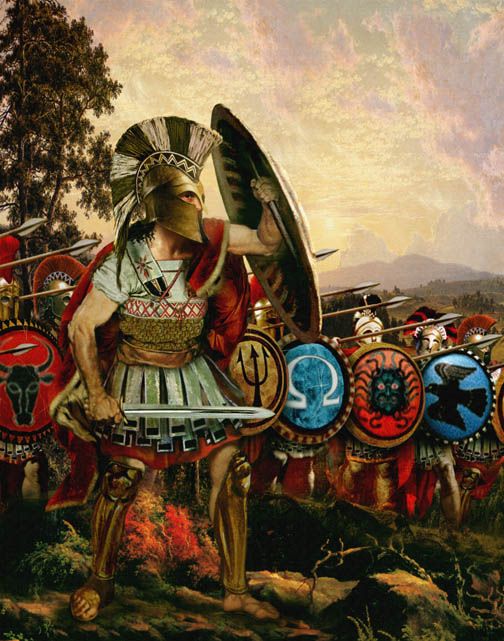
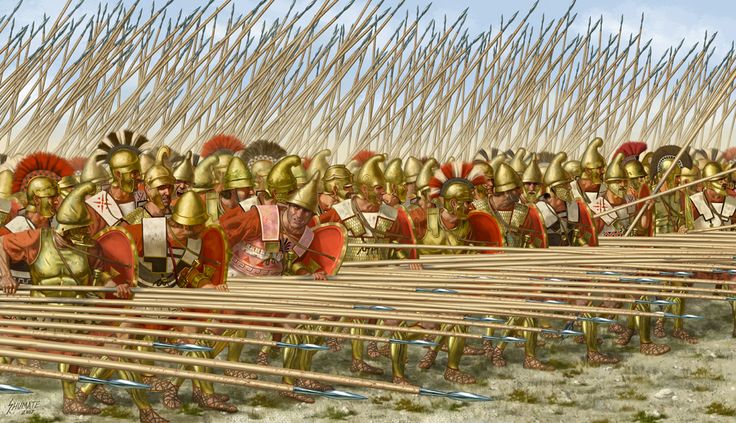
a 6 meter (18 feet) long spear.
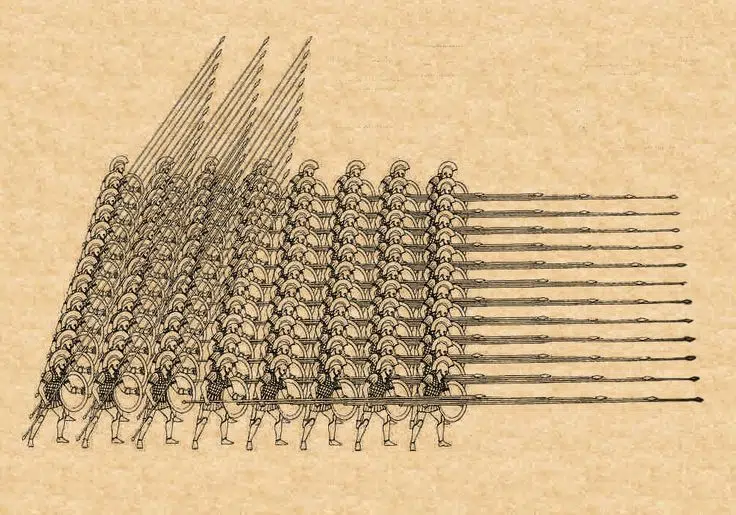
up to 5 rows to the front
Hoplite Phalanx Weaknesses
The last thing to note about the phalanx is its weaknesses. The major weakness of the phalanx is that it had little to no protection on its sides and rear.
Since men were marching forward, and everyone’s spears were pointed in the same forward direction, hoplites were pretty much defenseless on the flanks and rear.
This was a similar problem encountered by the Macedonian pike phalanx. The phalanx had to face every threat as one; if men acted alone the strength of the phalanx was gone.
This made small, mobile infantry groups and cavalry very effective at defeating the phalanx, as they could effectively strike from the flank or the rear.
Another weakness of the phalanx was that it required a very specific type of landscape to operate on. Phalanxes could only fight in large, open areas with even ground.
Otherwise, the “armored wall” of the phalanx would break up and leave too many openings for the enemy to take advantage of. It was this specific weakness that the Republican Romans exploited against the Macedonian phalanx – but it was equally true of any phalanx formation.
Find out more about the Greek Culture and history on the website of the greek art shop Hellenic Art!
Source: http://philbancients.blogspot.gr

